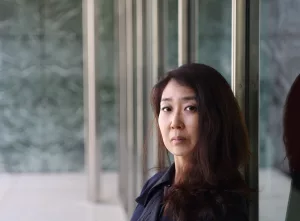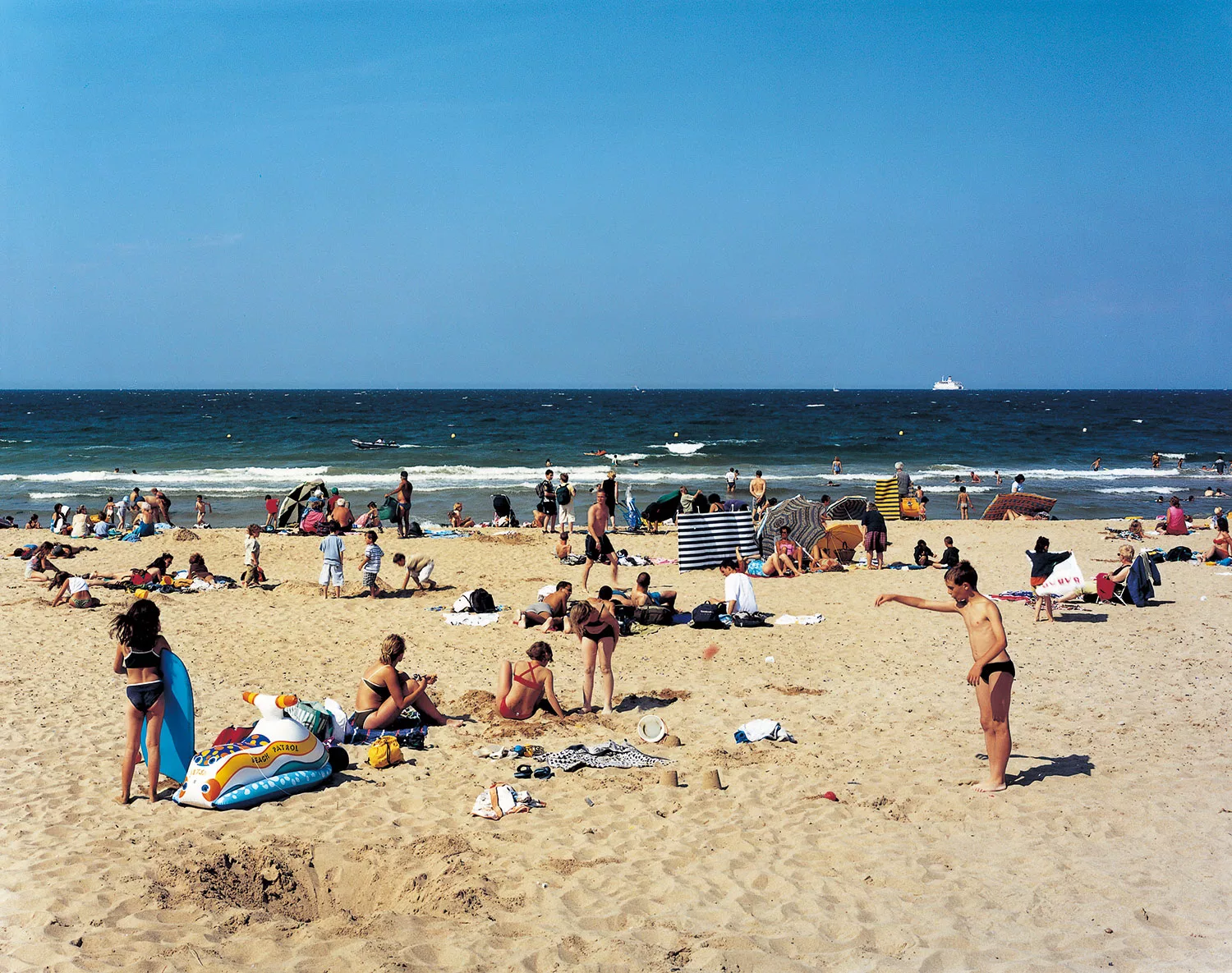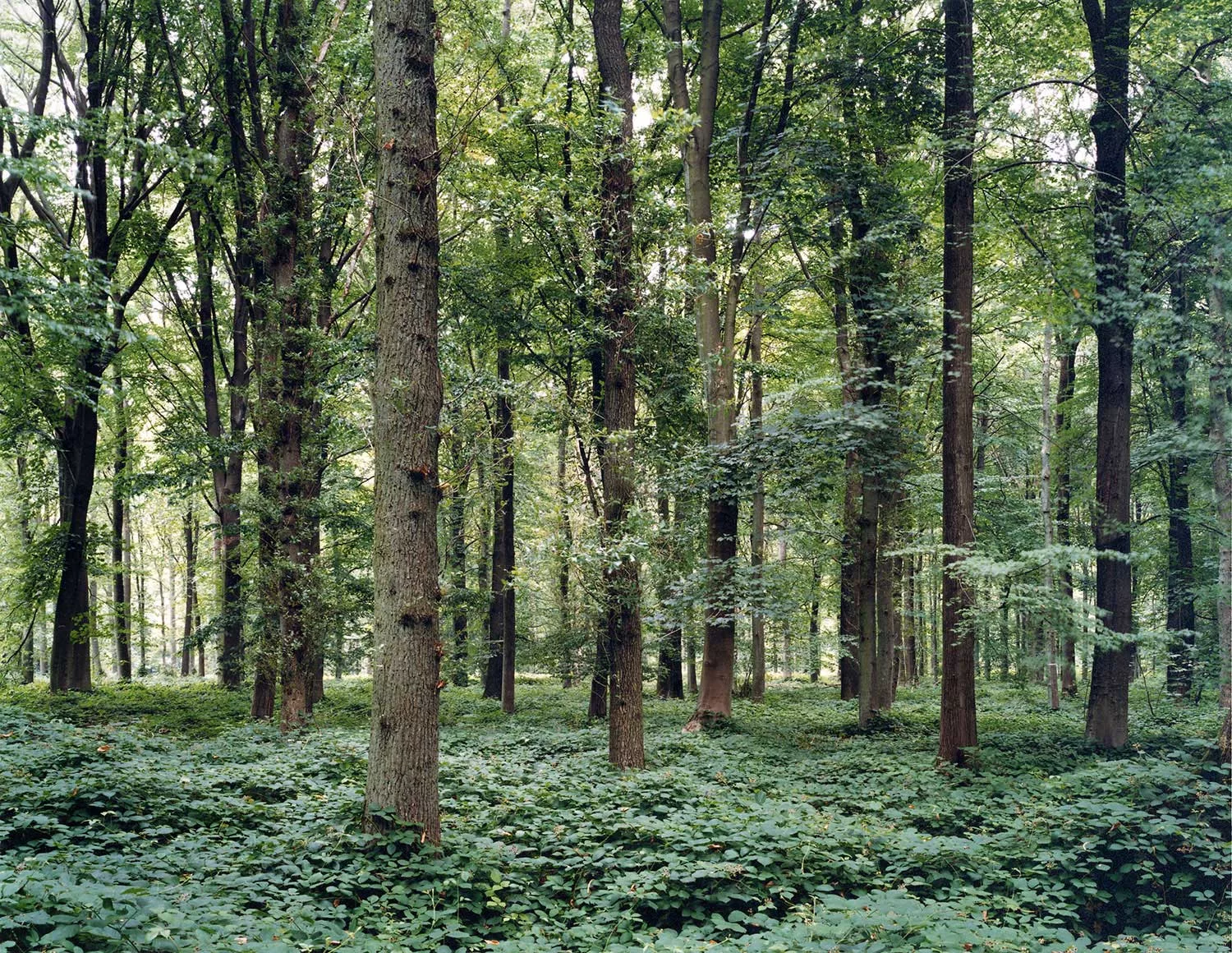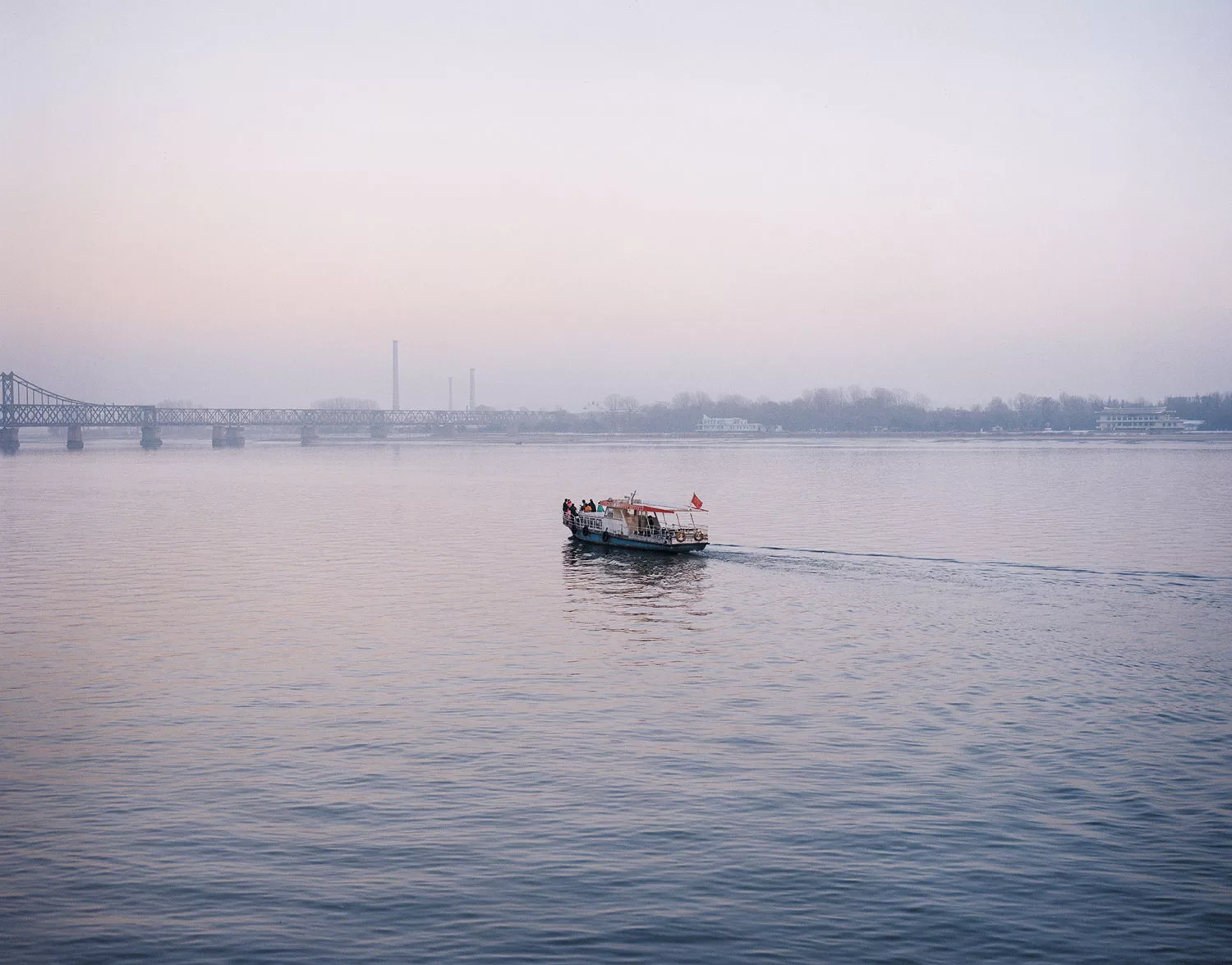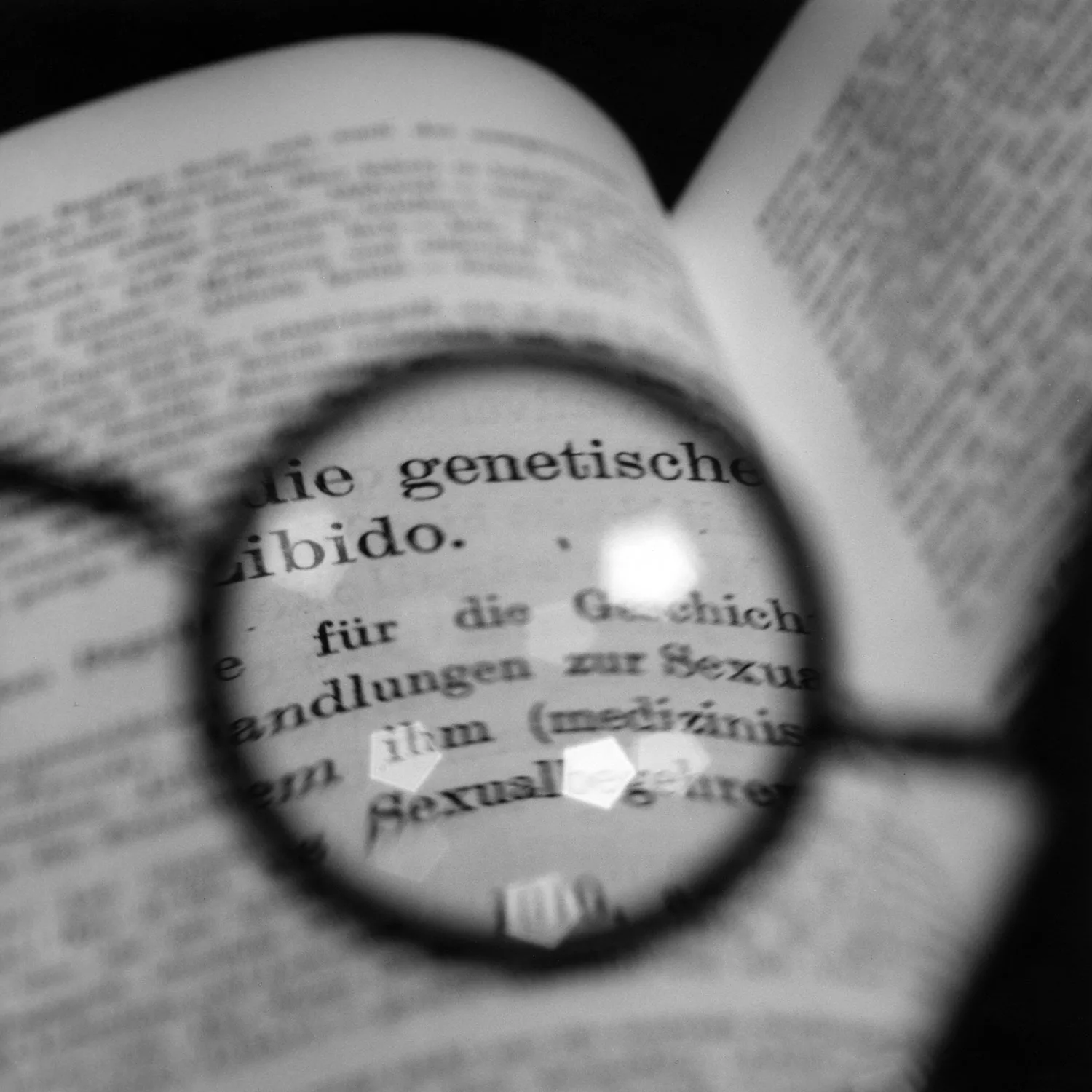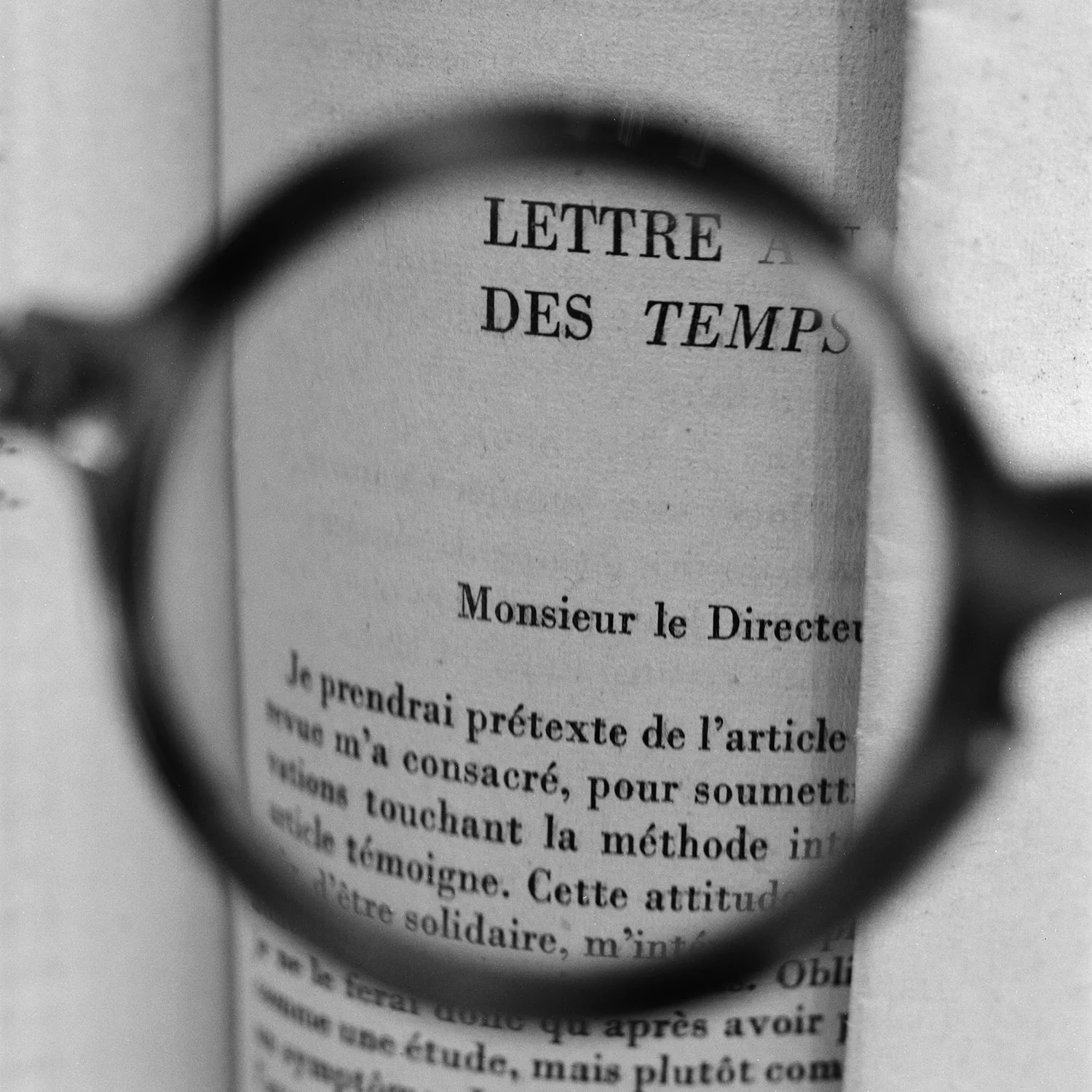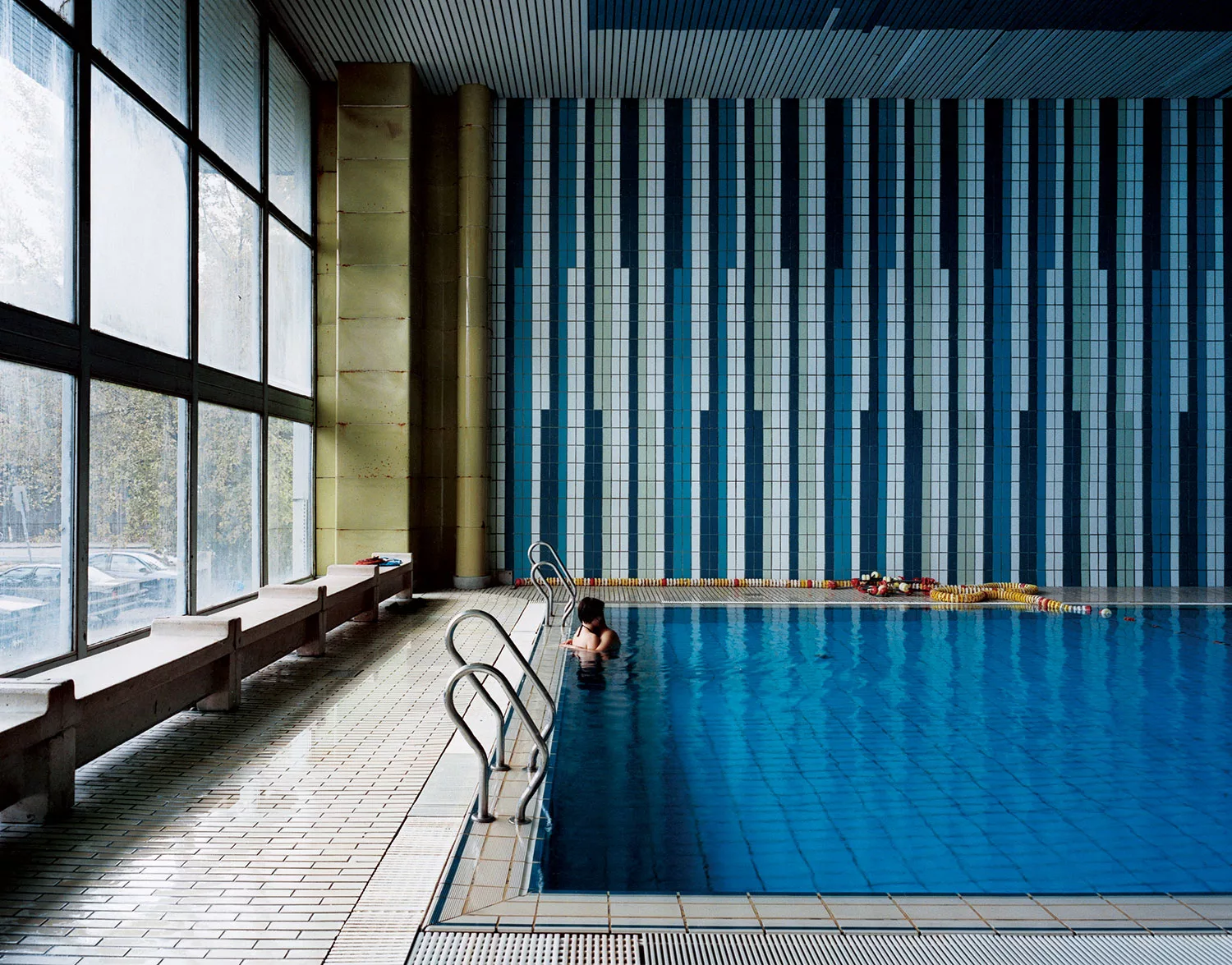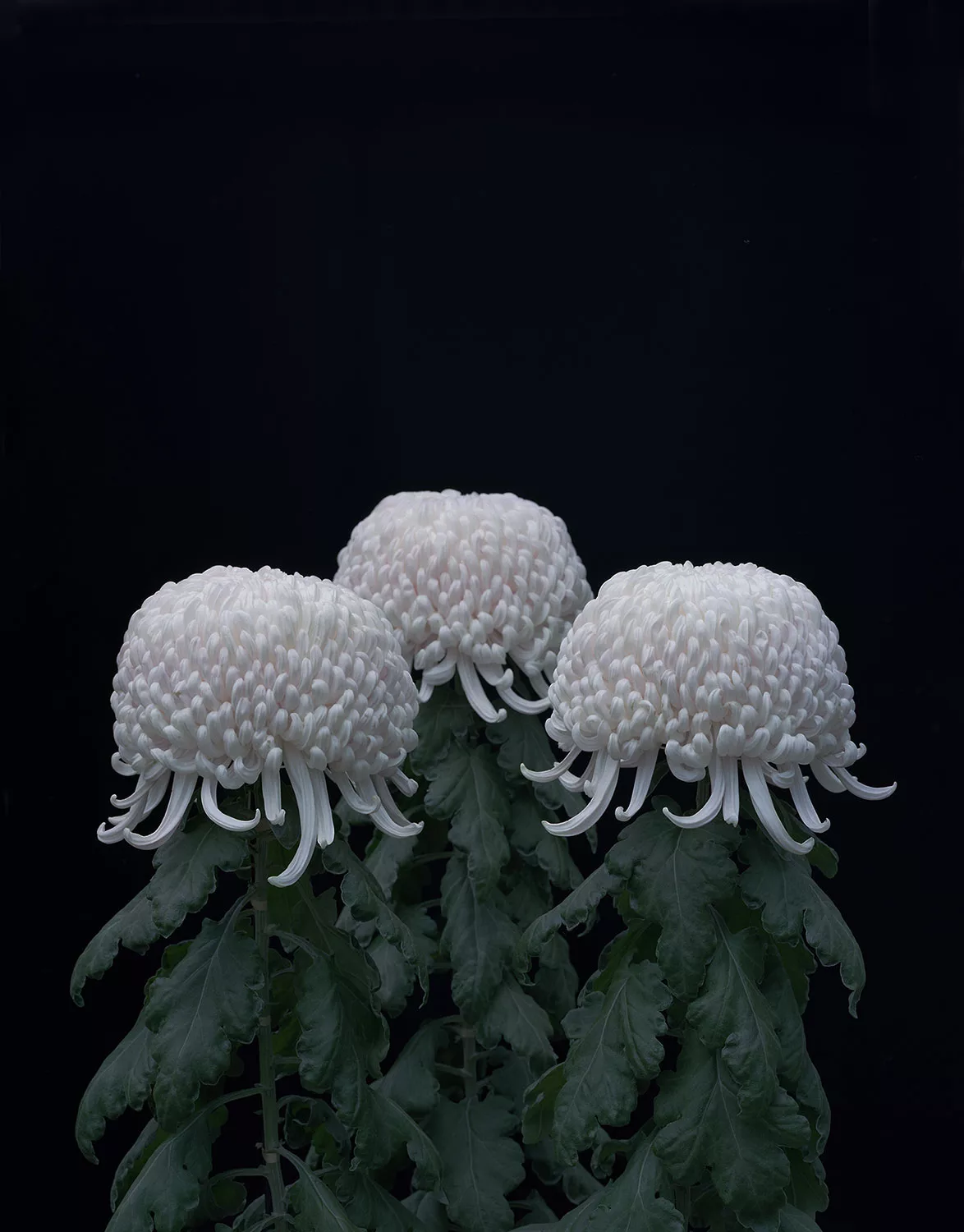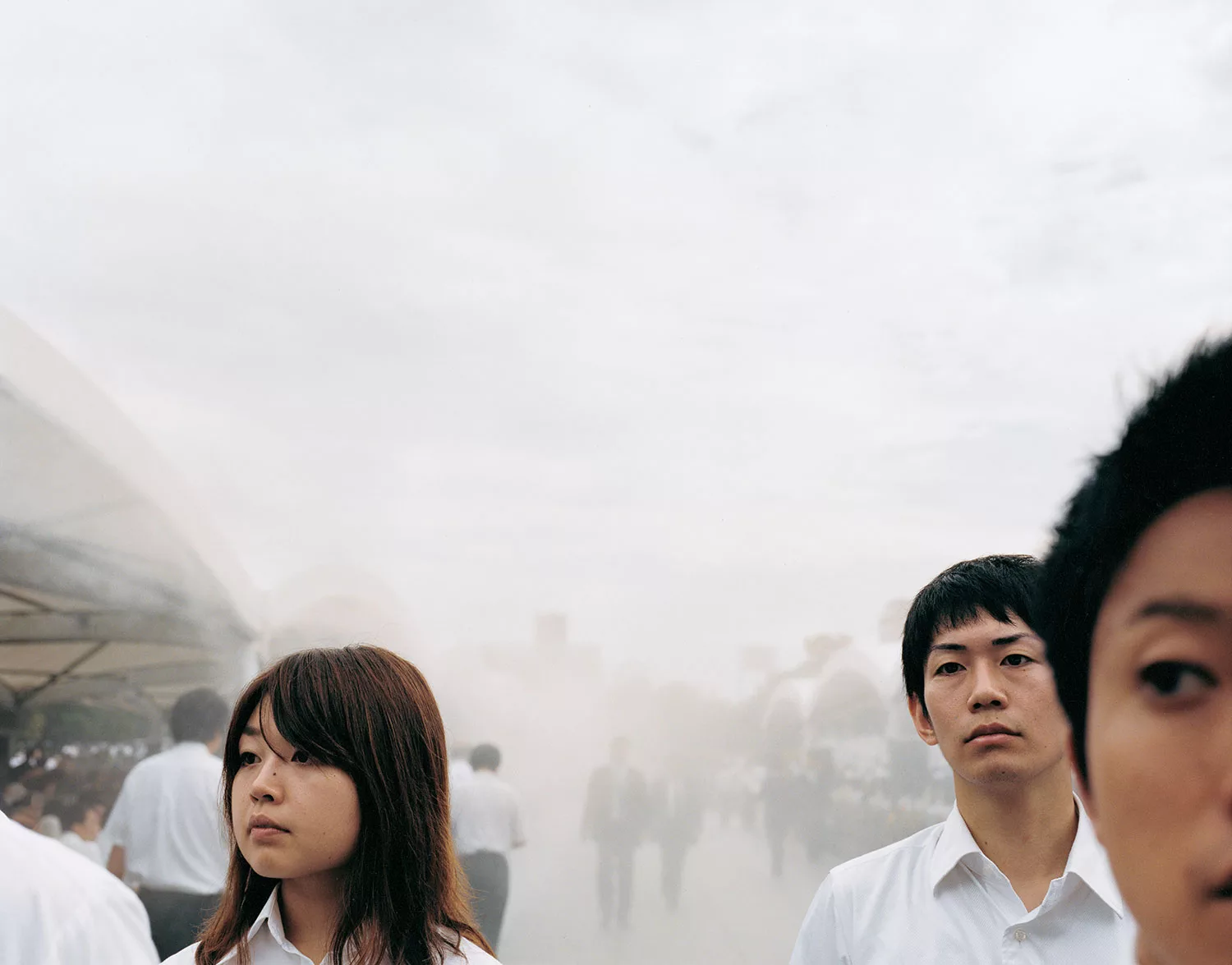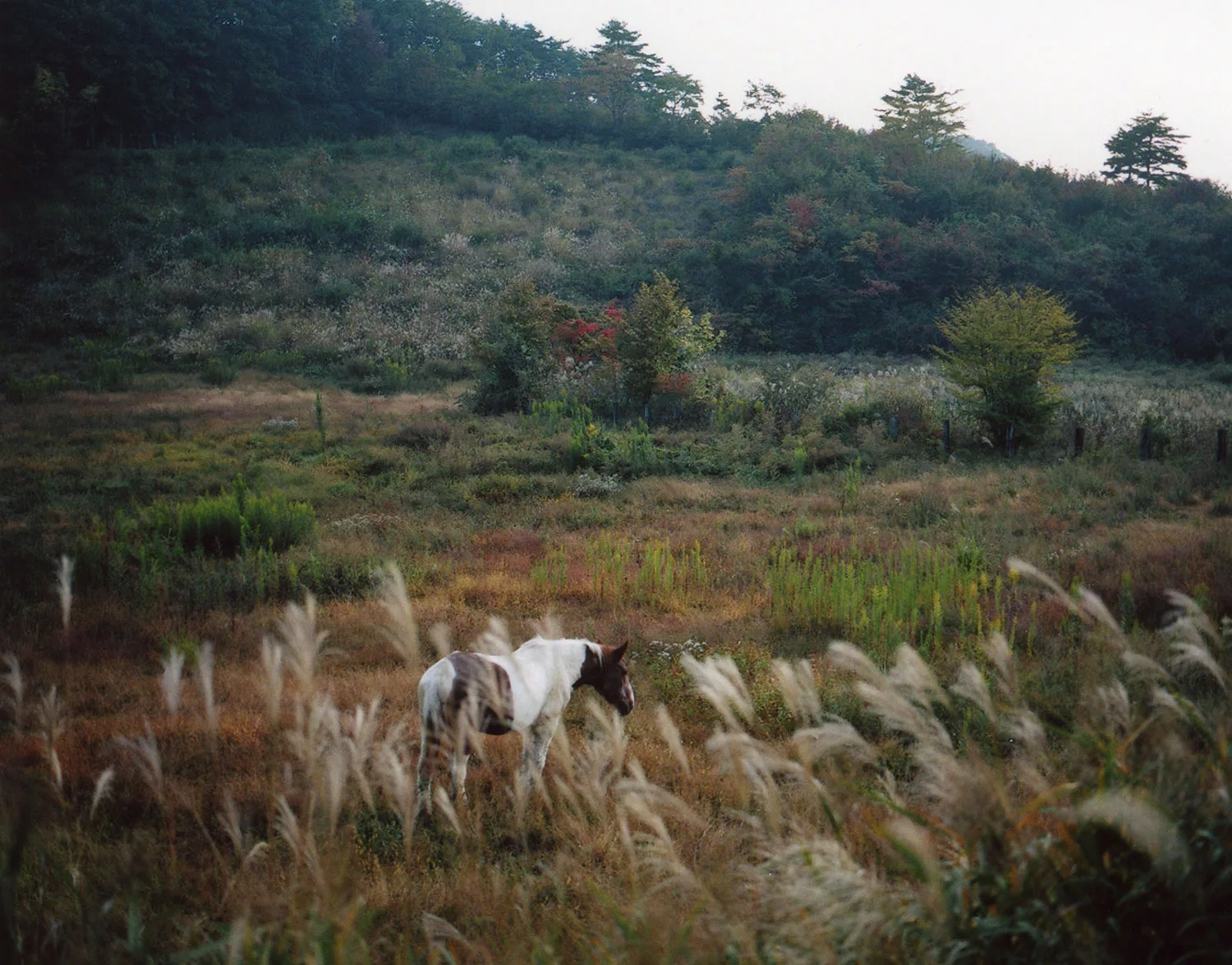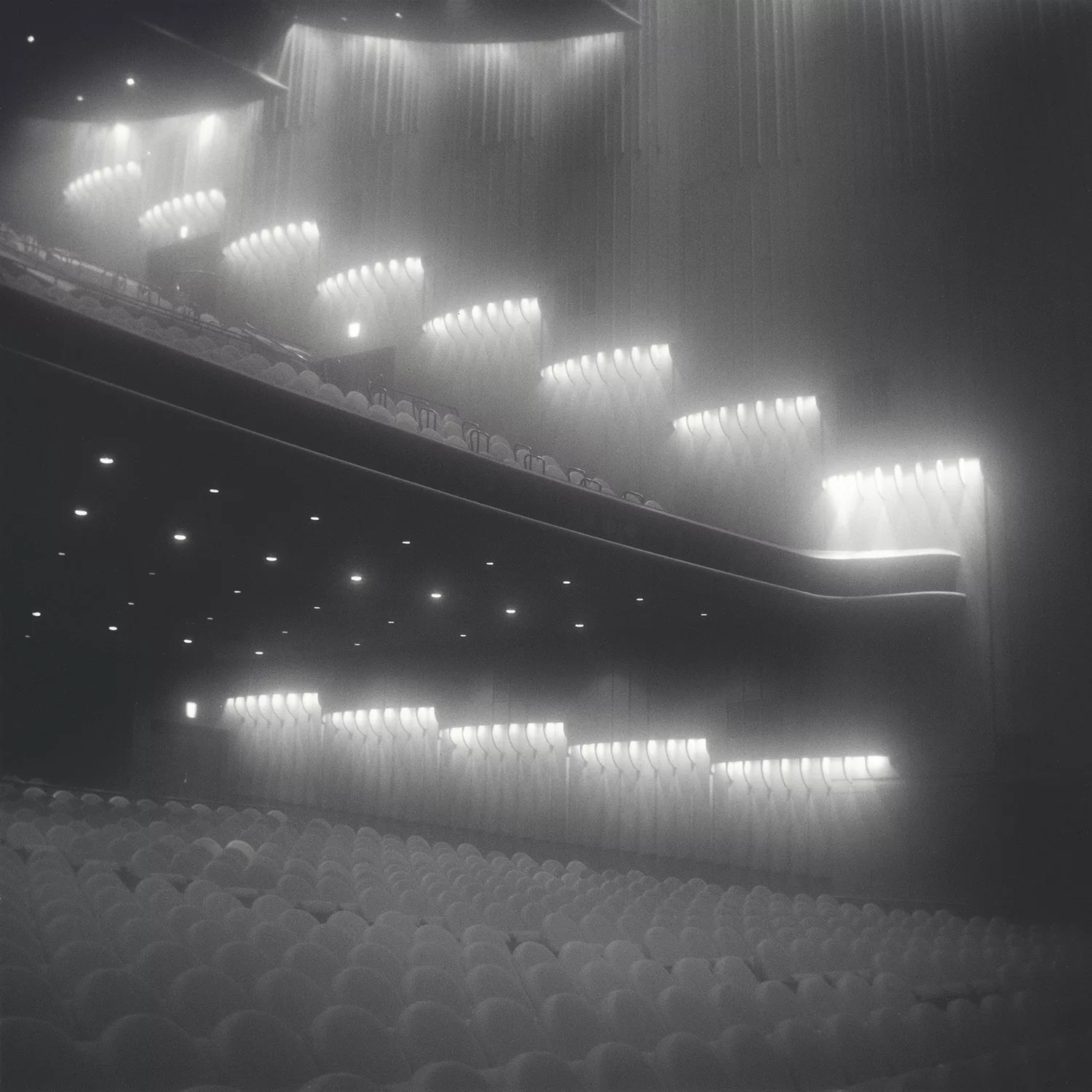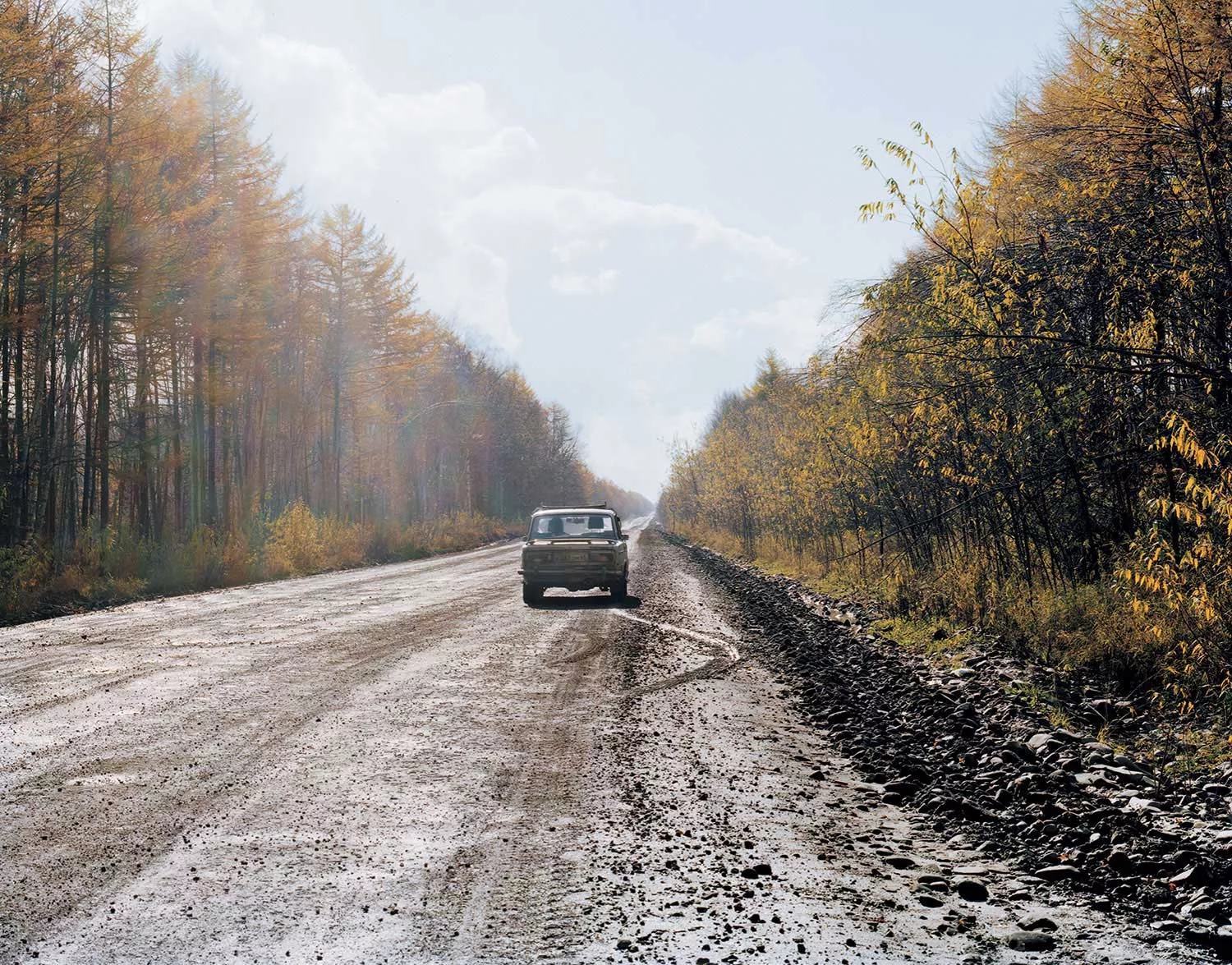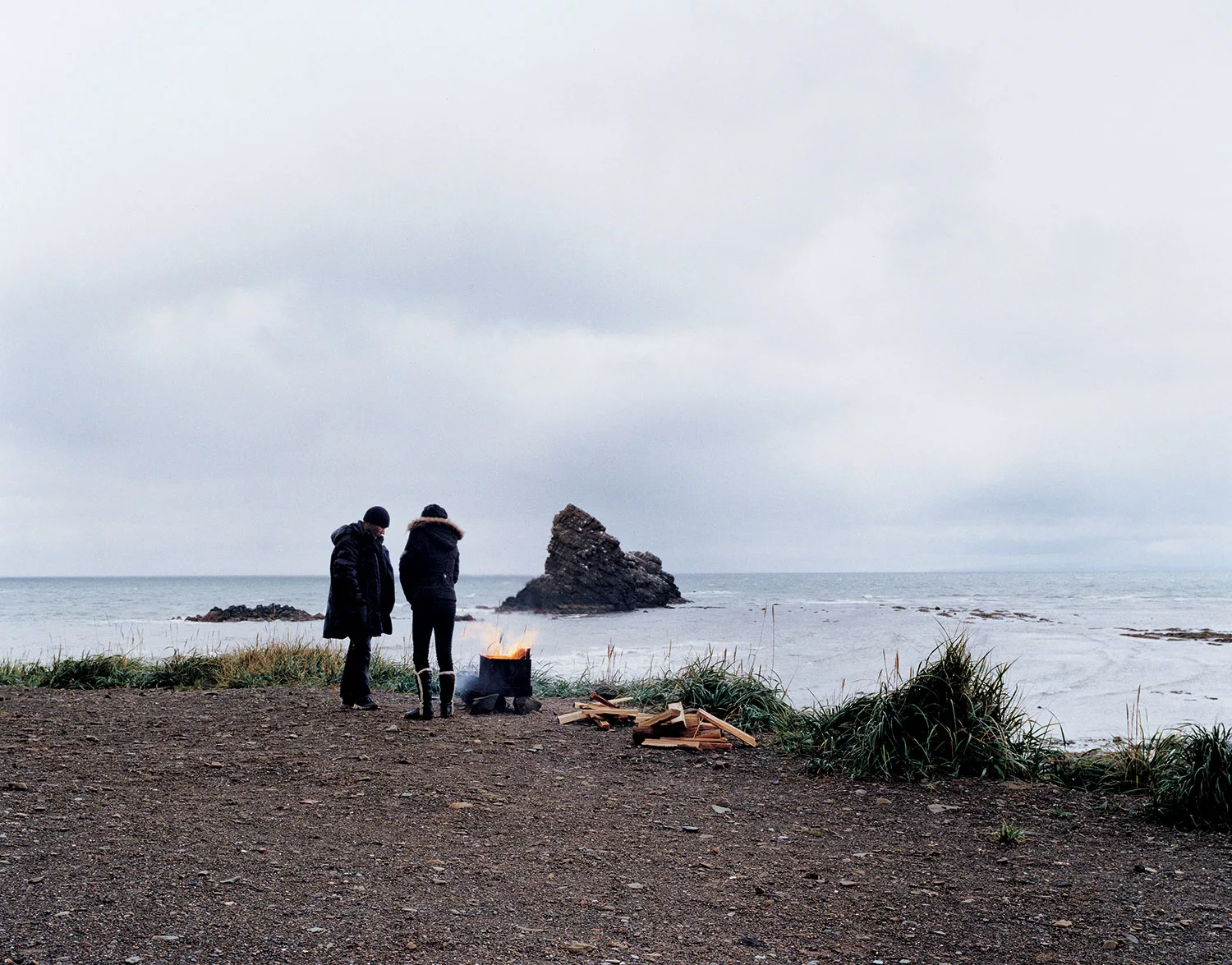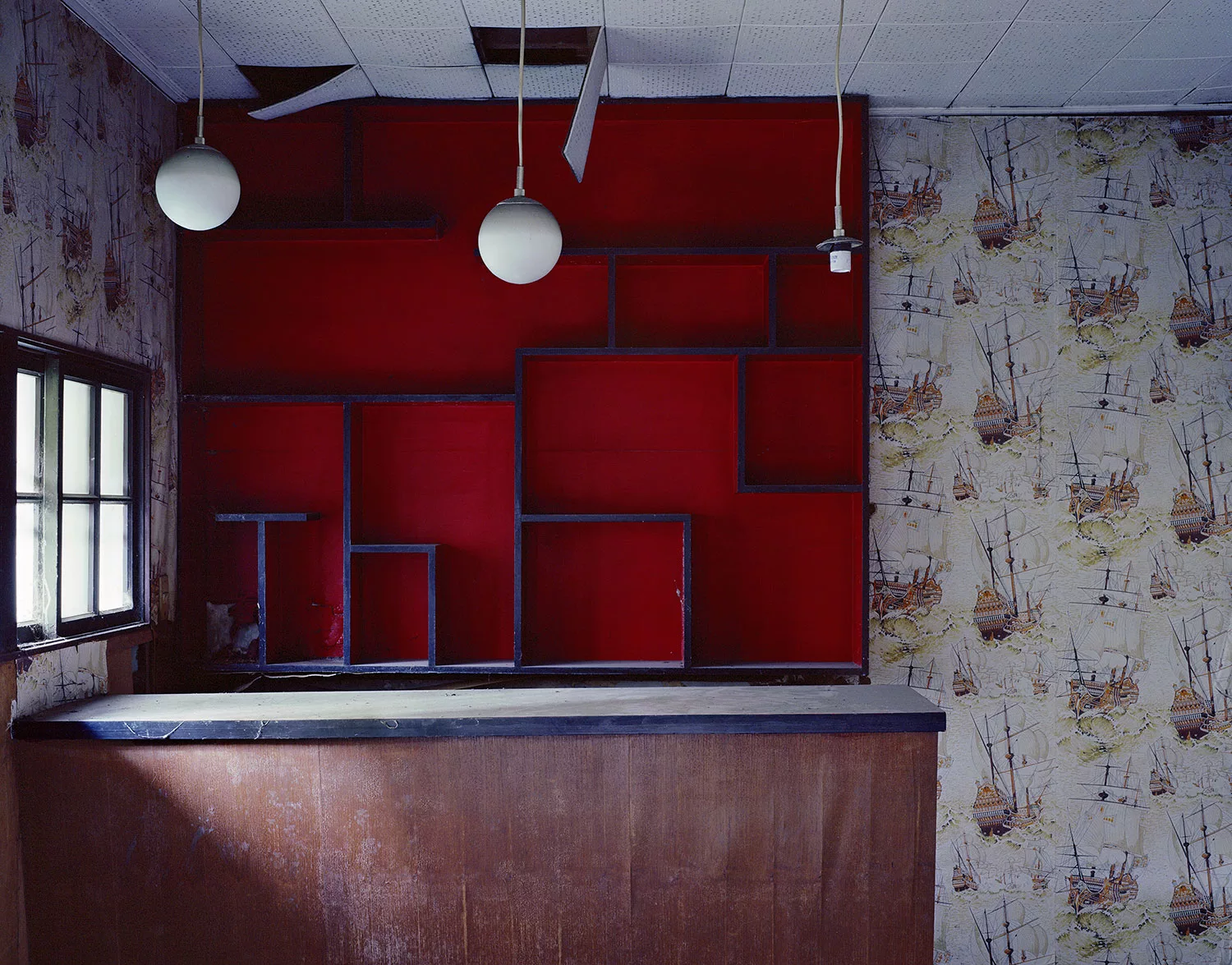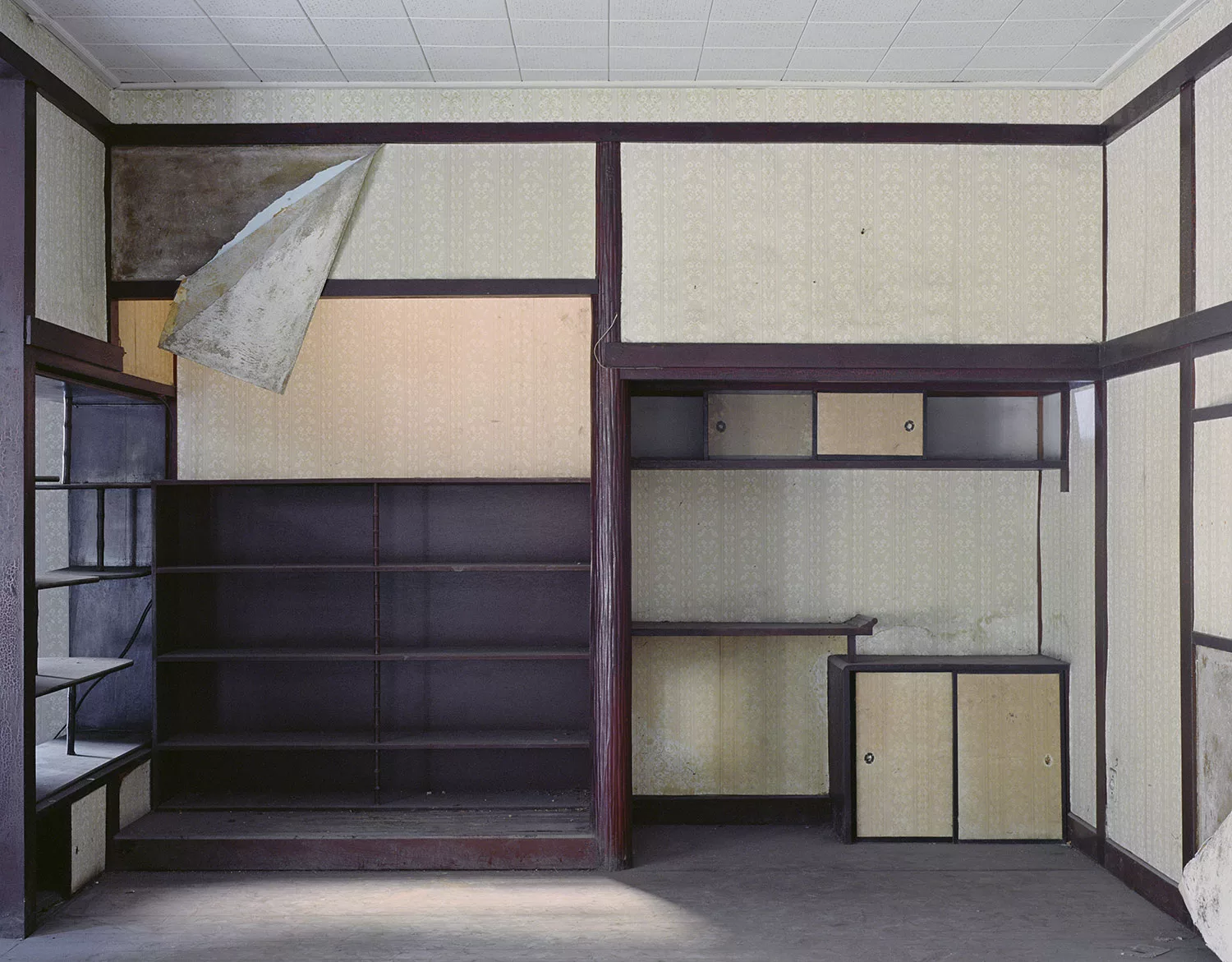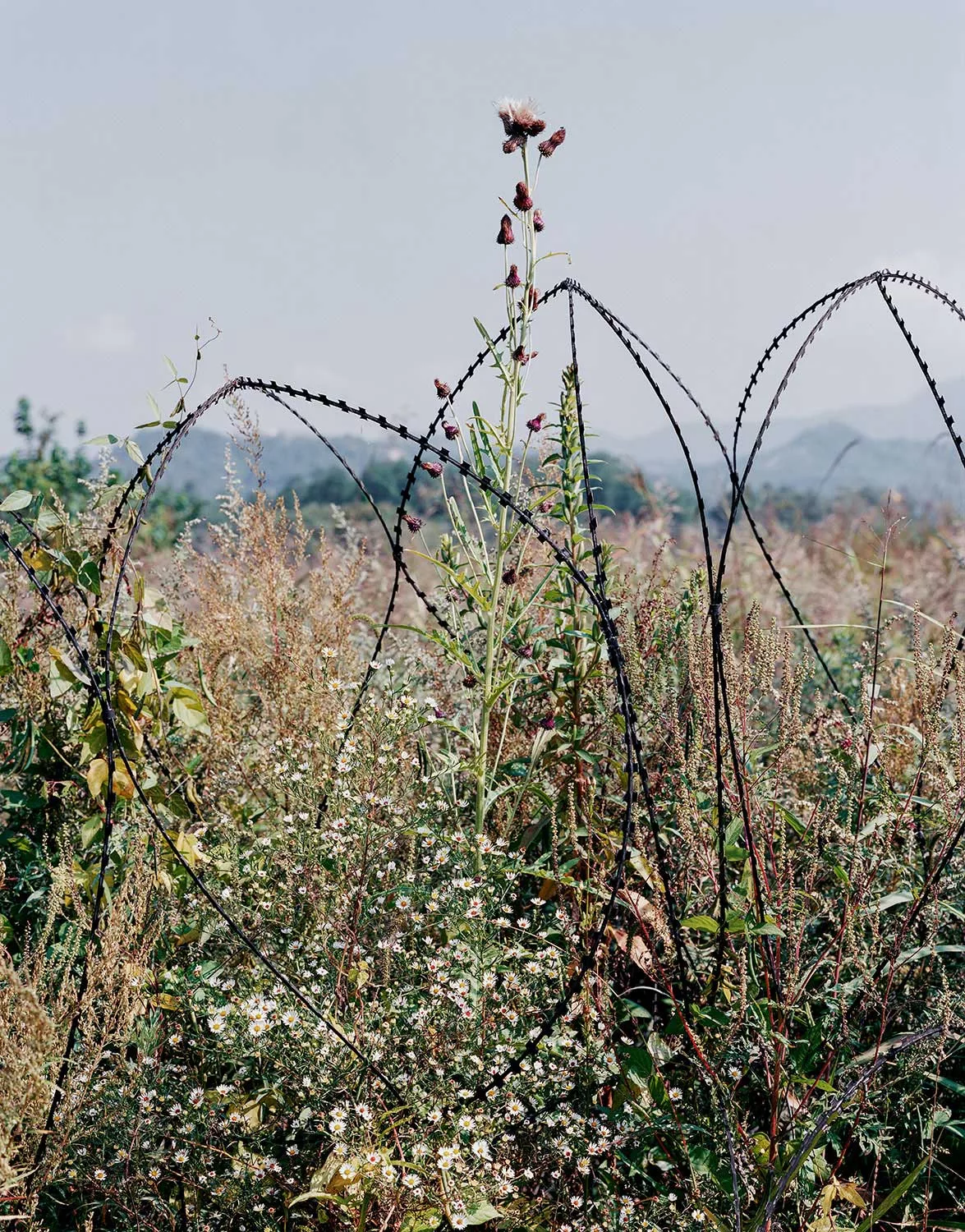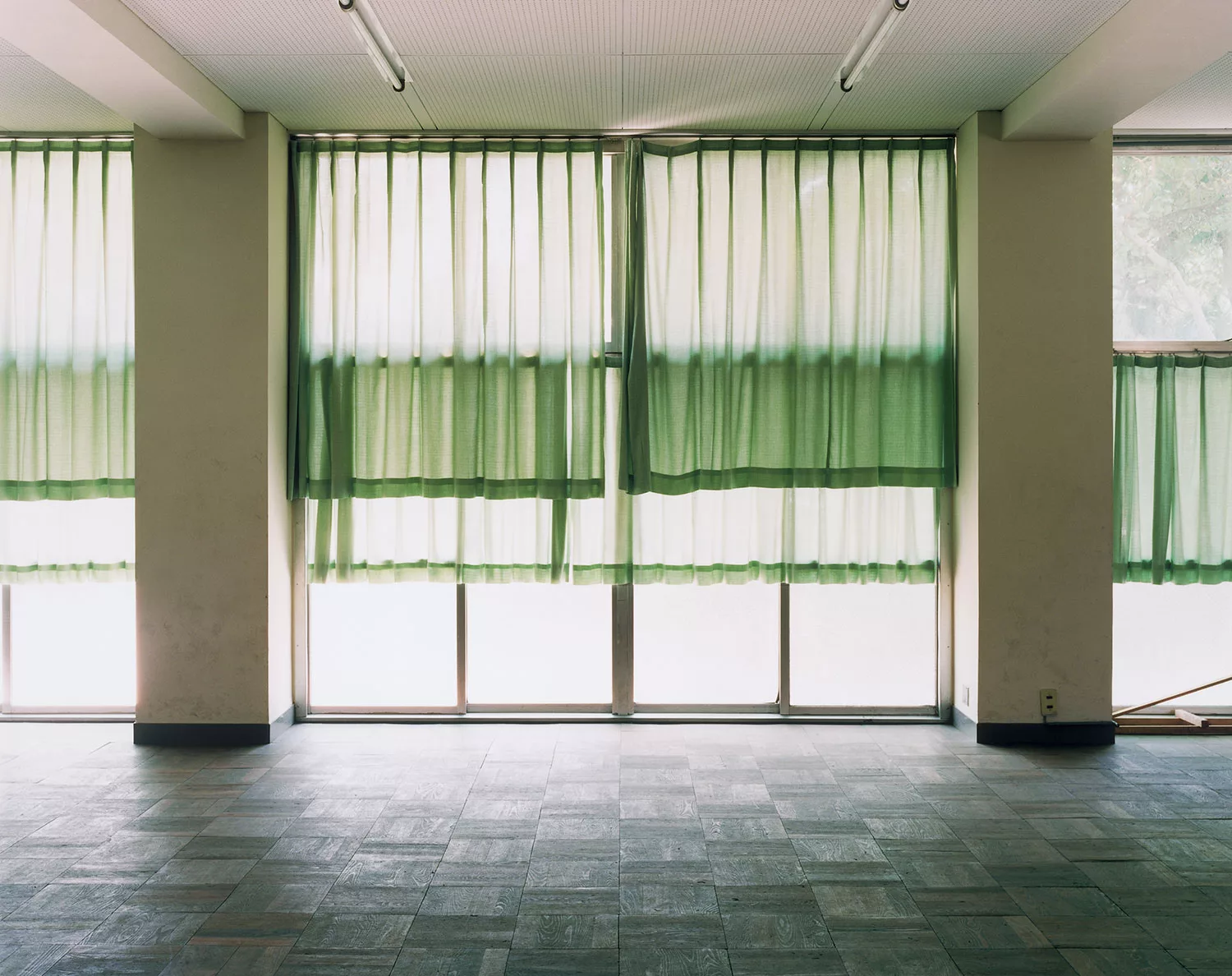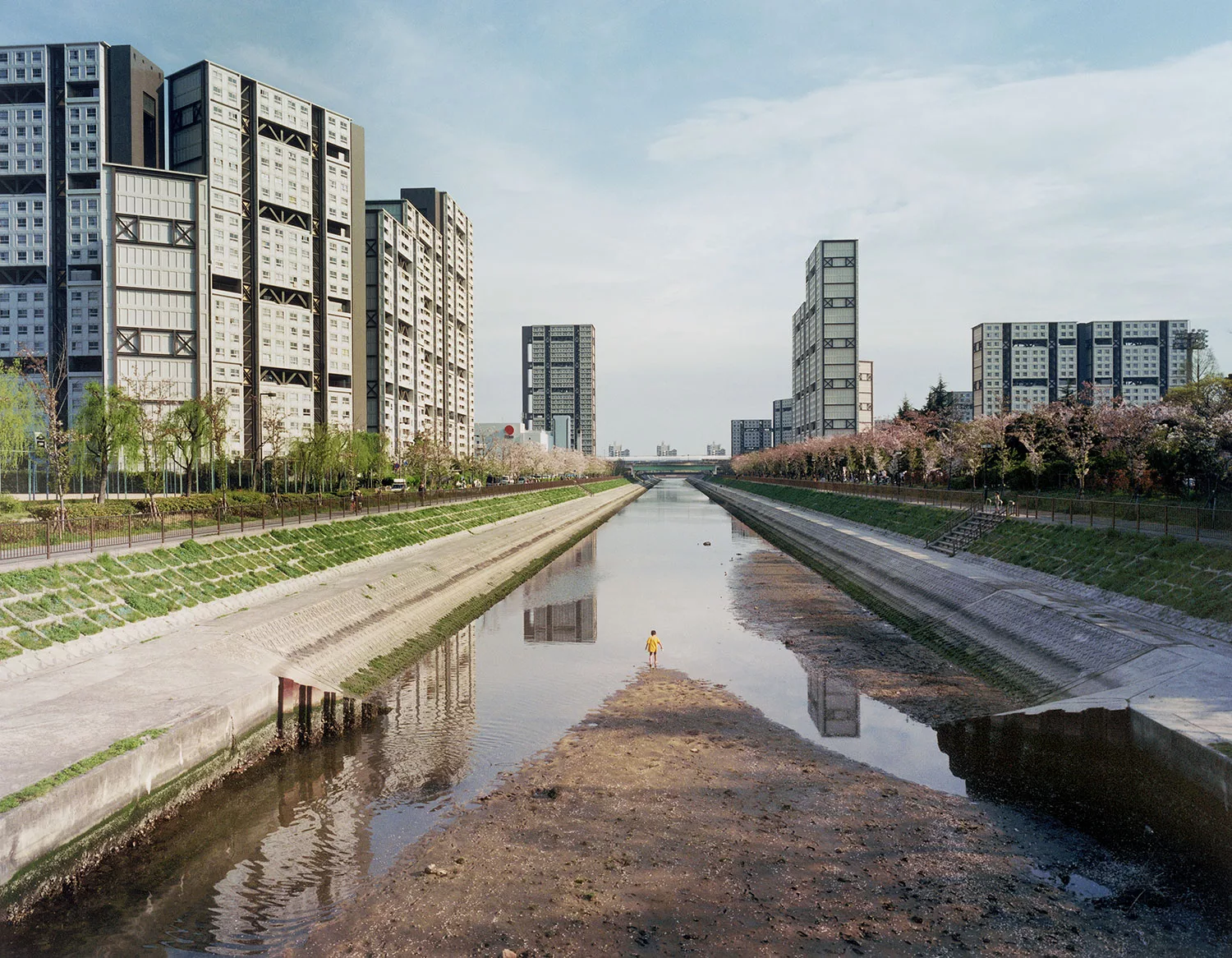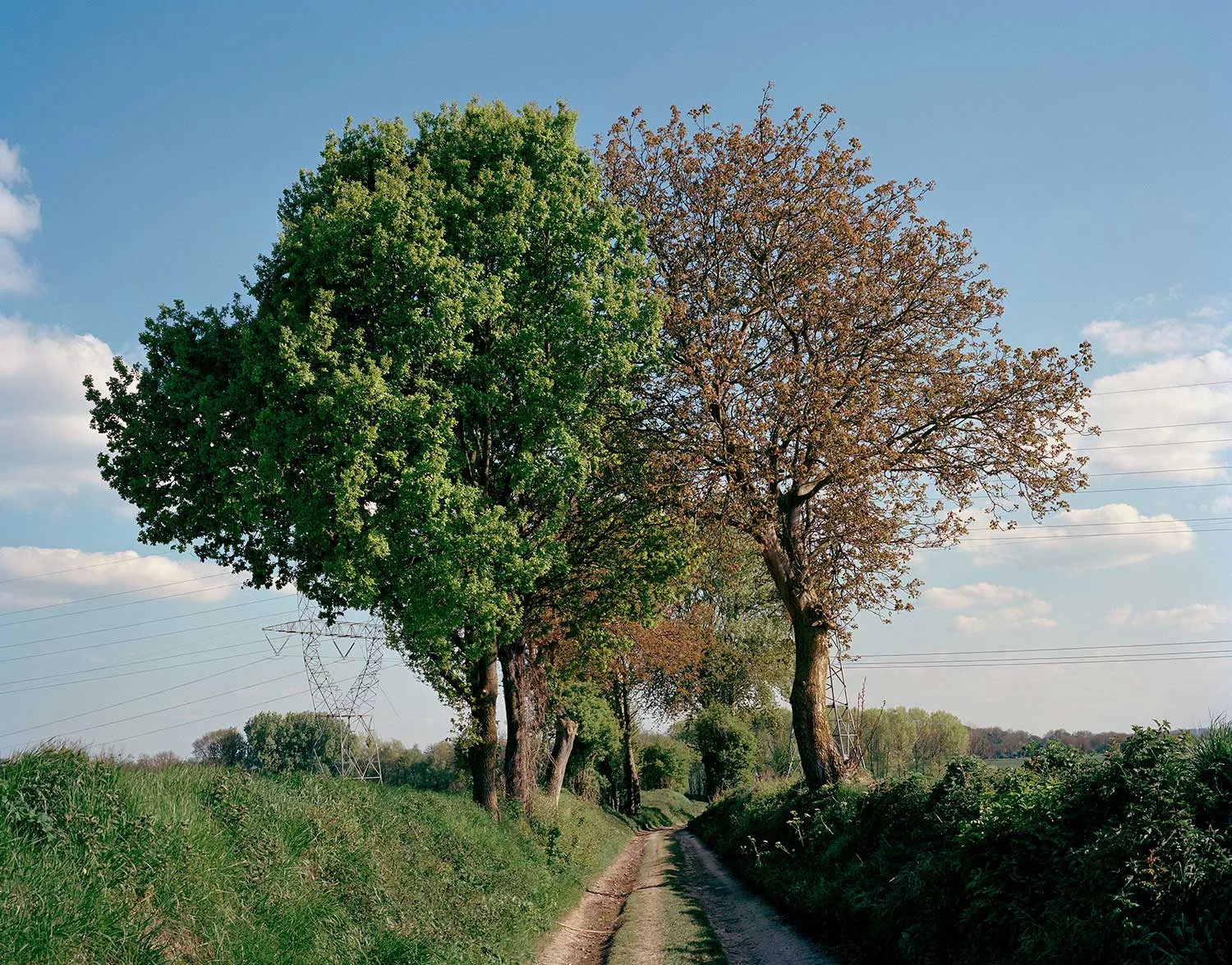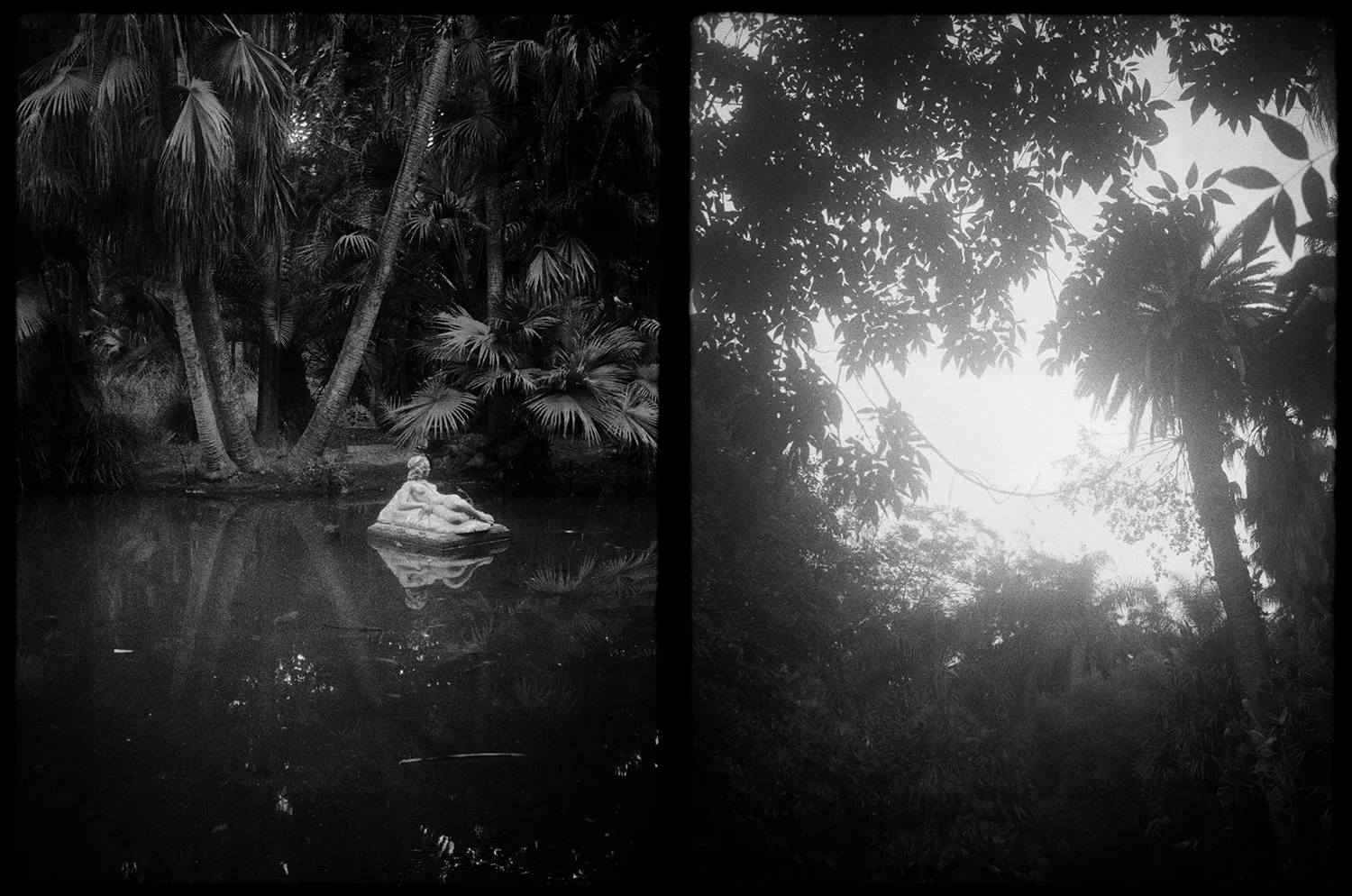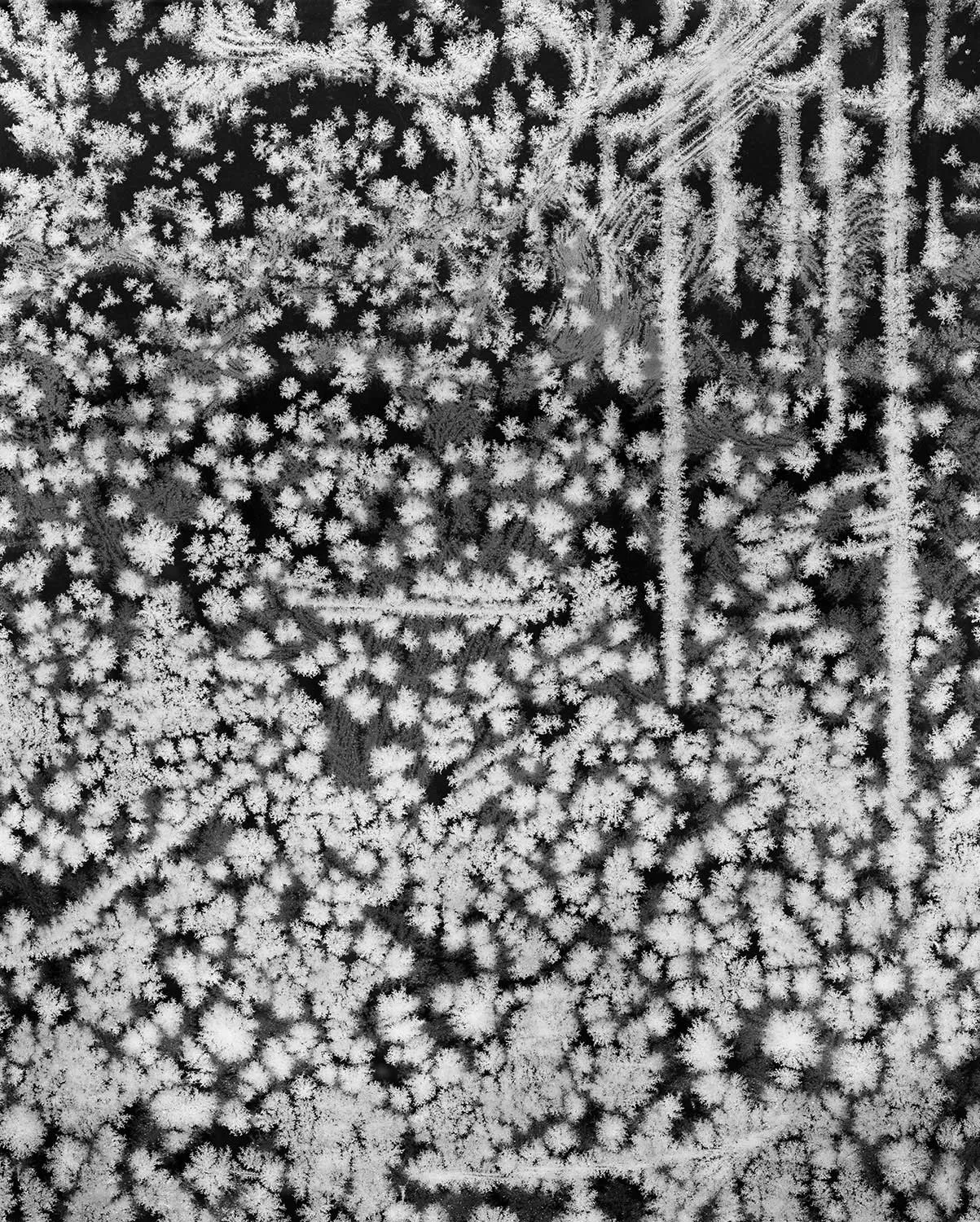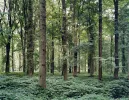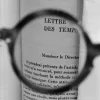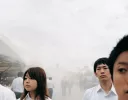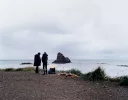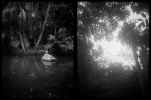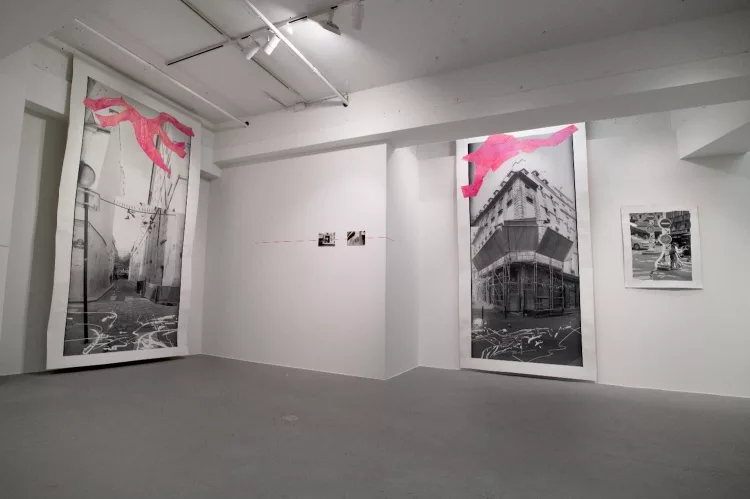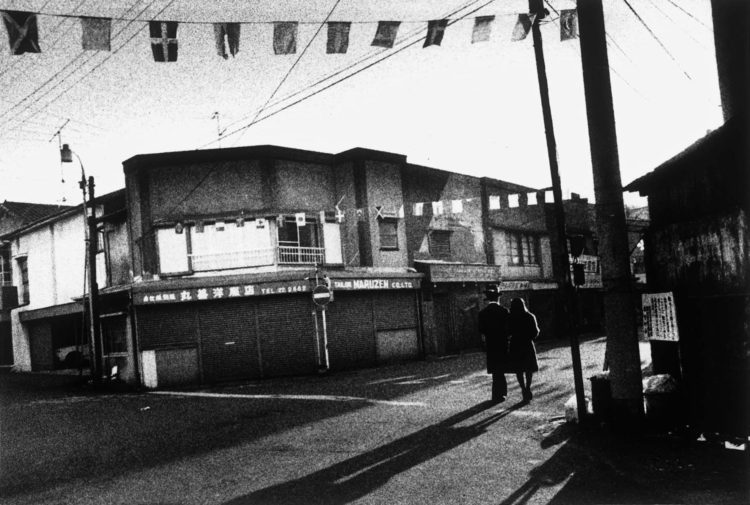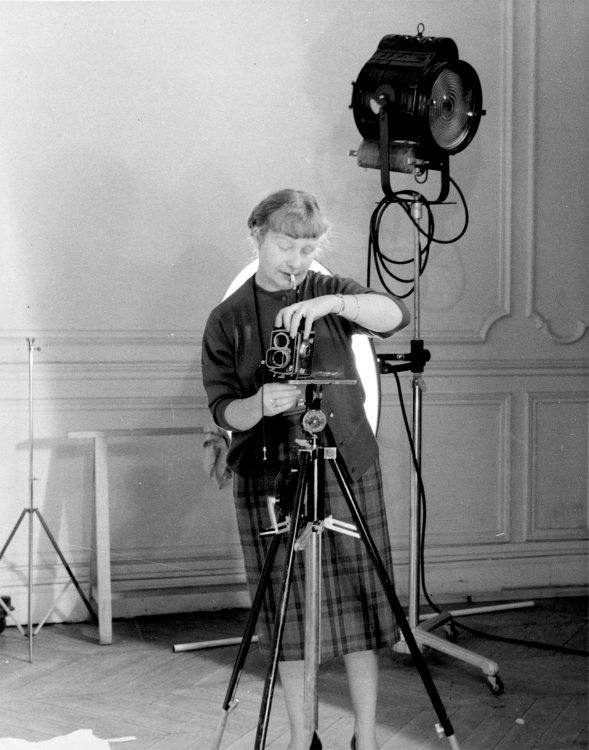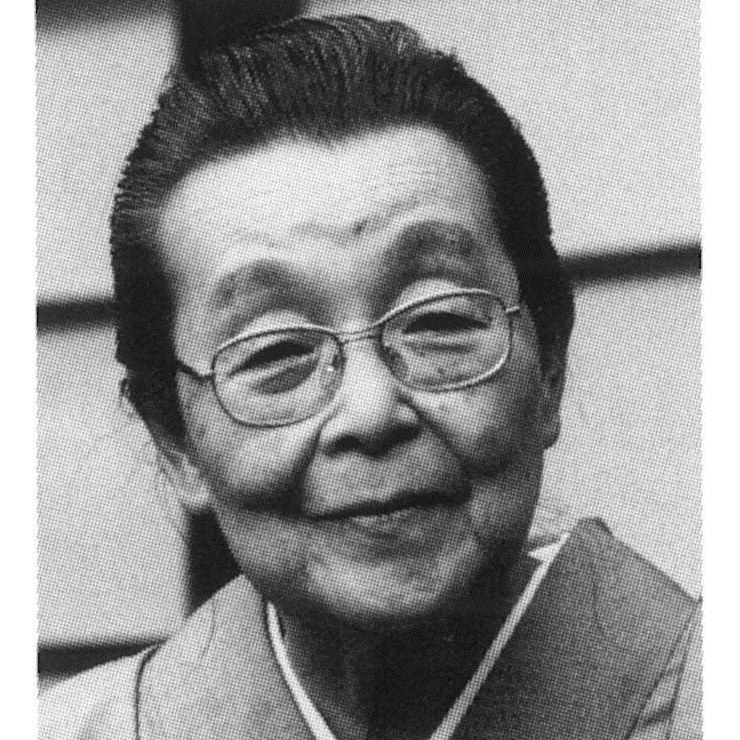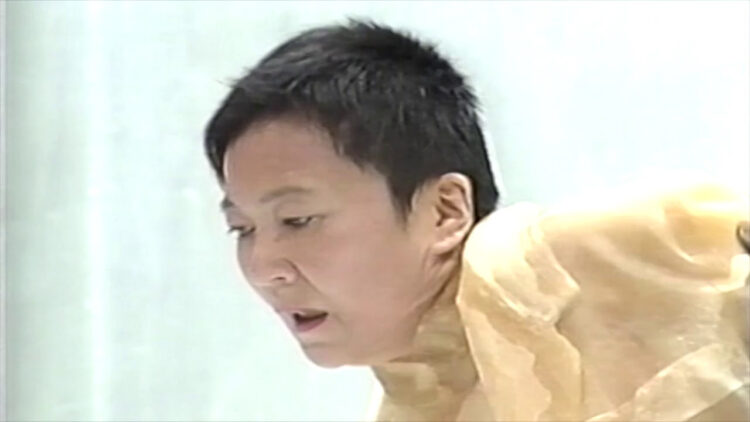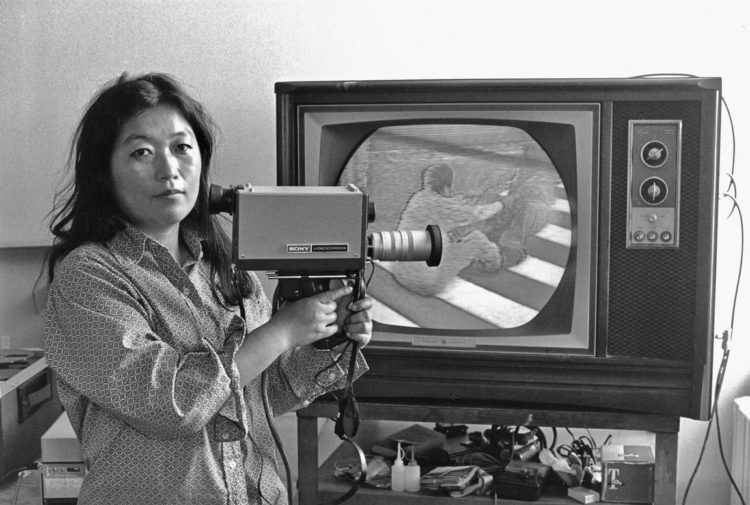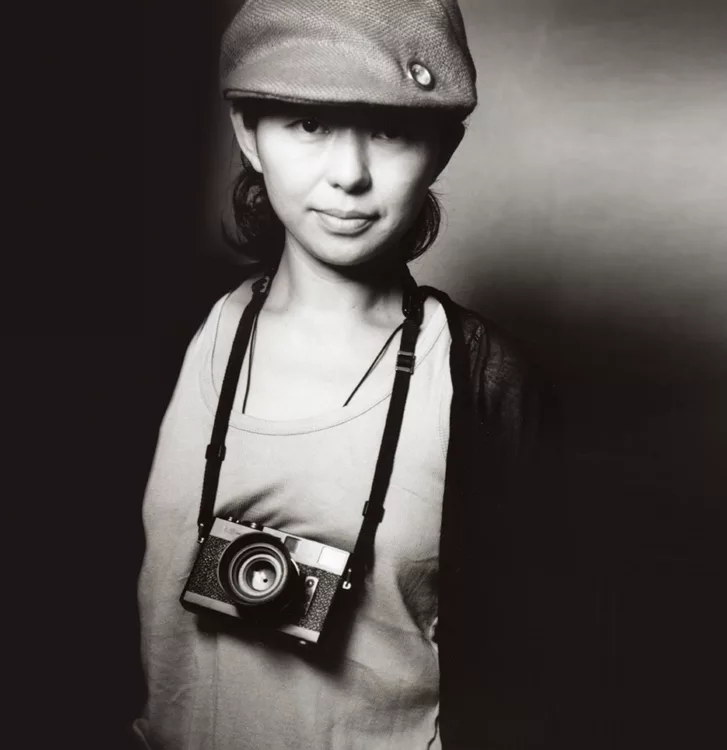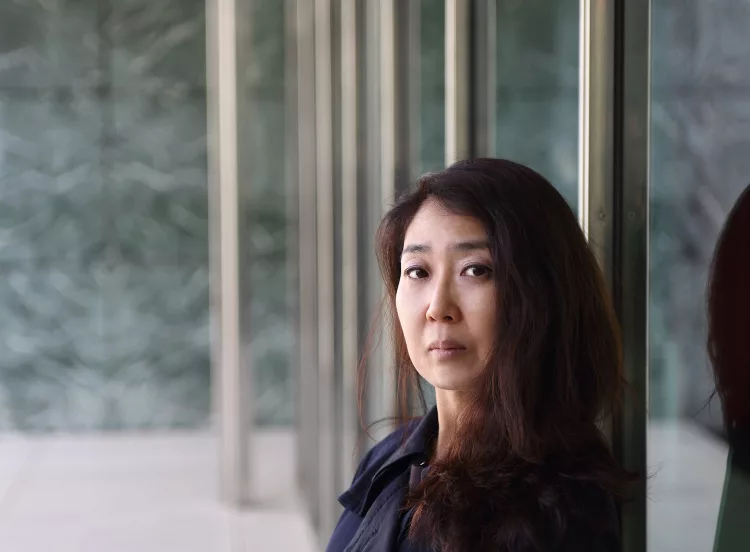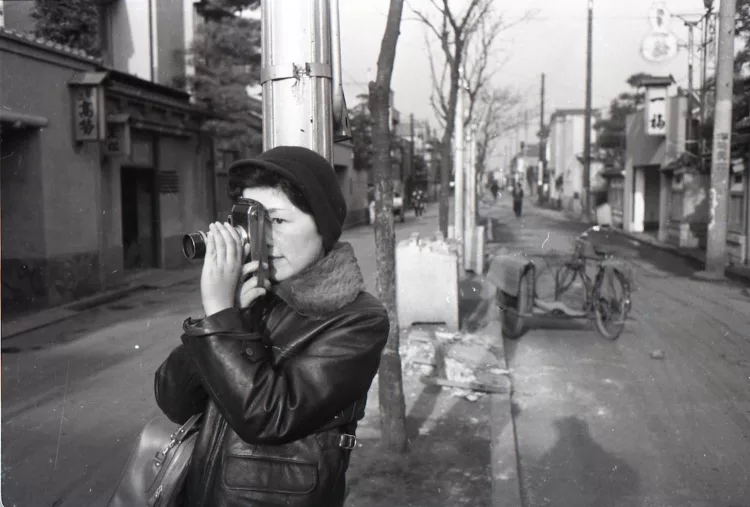Tomoko Yoneda, exh. cat., Fundación MAPFRE, Madrid, 2021
→Yoneda, Tomoko. Dialogue avec Albert Camus: Exposition, Paris, Maison de la culture du Japon, 28 mars–2 juin 2018. Transphère, #5. Paris: Maison de la culture du Japon à Paris, 2018.
→Yoneda, Tomoko. Yukidoke no ato ni [After the Thaw]. Kyoto: AKAAKA Art Publishing Inc., 2014
→Yoneda, Tomoko. We shall meet in the place where there is no darkness, exh. cat., Tokyo Photographic Art Museum, 2013; Himeji City Museum of Art, 2014; Tokyo: Heibonsha, 2013
→Yoneda, Tomoko and Mark Haworth-Booth. between visible. Tucson: Nazraeli Press, 2004
Tomoko Yoneda, Fundación MAPFRE, Madrid, 2021
→Dialogue avec Albert Camus, Maison de la culture du Japon à Paris, 2018; ShugoArts, Japan, 2019
→We shall meet in the place where there is no darkness, Tokyo Photographic Art Museum, 2013; Himeji City Museum of Art, 2014
Japanese photographer.
Born in Akashi City, Hyogo Prefecture in 1965, photographer Tomoko Yoneda graduated from the University of Illinois, Chicago with a degree in photography from the School of Art & Art History in 1989. Following this, she moved to the United Kingdom, completing a master’s course at the Royal College of Art in 1991. Since that time, she has been based primarily in London, with periodic stays in Japan and Finland, creating and exhibiting photography and film works all over the world.
Basing her work on thorough research, T. Yoneda primarily produces photographs that illuminate the modern history of numerous places around the world and the recollections of those people who lived during those periods. A key characteristic of her photography is that it evokes not just that which is visible in the frame but also unseen private sentiments, the vestiges of history and the collective memories that they both produce.
One of T. Yoneda’s most important works, the Between Visible and Invisible series, photographs the books, letters and other objects related to such modern iconic figures as Bertolt Brecht (1898–1956), John-Paul Sartre (1905–1980) and Léonard Tsuguharu Foujita (1886–1968) through the lenses of eyeglasses worn by those people. For example, Furoito no megane – yungu no tekisuto o miru II [Freud’s Glasses – Viewing a text by Jung II, 1998] is photographed from the perspective of Sigmund Freud (1856–1939) as he reads a text critical of his own essay on libido by Carl Jung (1875–1961) – the man he had expected to become his successor. As viewers who know that these two men would ultimately become estranged, we cannot help but imagine Freud’s innermost feelings. In restoring these figures’ memories and sentiments in so intimate a light, T. Yoneda also hints at historical turning points that surpass the mere individual.
On the other hand, the Scene series focuses on places rather than people. In it, T. Yoneda matter-of-factly photographs locations where important historical events have taken place, including Delville Wood, the site of several offensives during the Battle of the Somme; Harbin Railway Station, the site of Hirobumi Itō (1841–1909)’s assassination; and the Demilitarized Zone that divides the Korean Peninsula into North and South. On first glance, these seem like quite ordinary landscapes, but one’s impression completely shifts upon understanding the events that occurred there from the works’ titles. Viewers of Bīchī – Norumandei jōriku sakusen no kaigan/Sōdo Bīchī, Furansu [Beach – Location of the D-Day Normandy Landings, Sword Beach, France, 2002] are likely to superimpose the phantoms of the many soldiers who in 1944 crept onto land between the incoming waves onto the figures of the people sunning themselves on the shore. Using the camera as an optical device, T. Yoneda brings up those collective memories that film does not record.
While continuing to photograph and exhibit her work across the world, T. Yoneda has also created pieces that explore her home country of Japan. In the series Sekiun [Cumulus], which she began in 2011, T. Yoneda stacks layer upon layer of tranquil images through which we can interpret the 2011 Tohoku Earthquake, the resultant Fukushima Daiichi Nuclear Disaster and even Japan’s path in the wake of its World War II defeat, which could be said to be an underlying cause of the Tohoku tragedy.
Similarly, Shinsai kara jū-nen [A Decade After] is a series composed from two sets of photographs taken after the Great Hanshin Earthquake struck T. Yoneda’s birthplace of Hyogo Prefecture. One set, which captures the condition of the area as the scars of the quake are beginning to fade, was taken ten years after the disaster; the other set was taken only three months on and were not originally intended to be published. Recently, T. Yoneda produced photographic portraits of people who were born on the day of the earthquake, to commemorate its 30th anniversary. Their features communicate the strength of a group who have carried on in the face of multiple hardships, and it is precisely because T. Yoneda has for so long confronted traumatic events like war, natural disasters and shifting social systems that these works are so persuasive.
T. Yoneda has participated in numerous international exhibitions, both in Japan and abroad. These include the 12th Shanghai Biennale (2018), the 10th Gwangju Biennale (2014), the 2nd Aichi Triennale (2013), the 1st Kyiv Biennial (2012) and the 52nd Venice Biennale (2007). Her work is included in several public collections, including major art museums in Japan; the Museum of Fine Arts, Houston (USA); the San Francisco Museum of Modern Art (USA); the British Council in London (UK); the Queensland Art Gallery, Brisbane (Australia); the Maison Européenne de la Photographie, Paris (France) and the Shanghai Art Museum (China). In 2014 she received the Minister of Education, Culture, Sports, Science and Technology’s Art Encouragement Prize for New Artists.
A biography produced as part of the programme “Traces of the Future: Women Photographers from Japan”
© Archives of Women Artists, Research and Exhibitions, 2025


